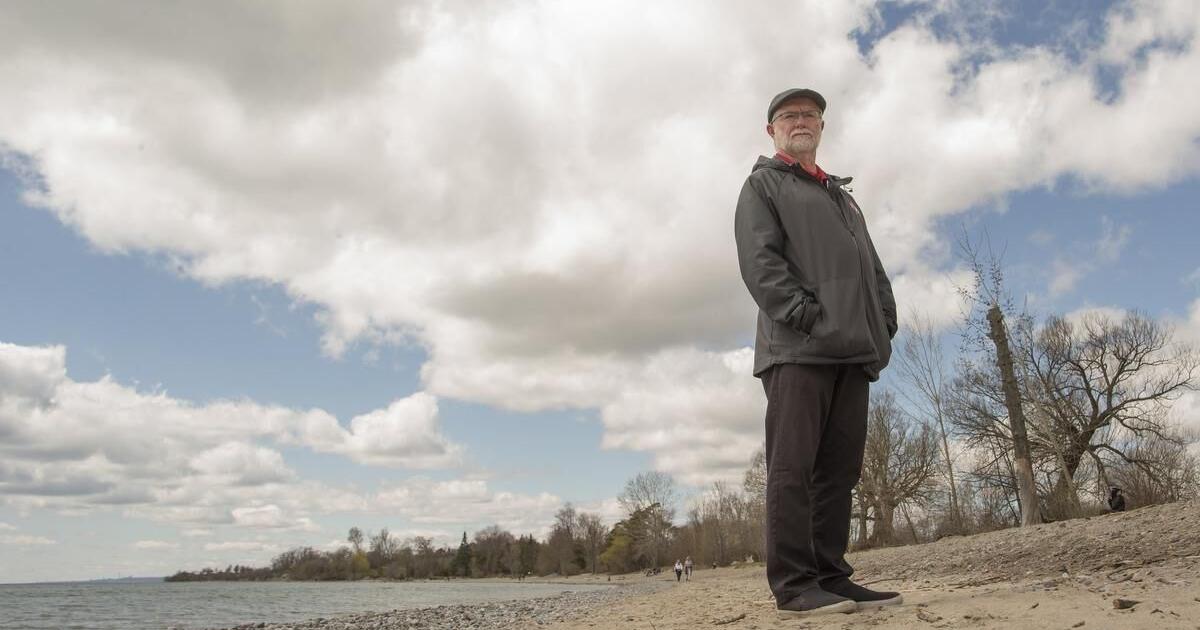What’s happening in Warren County
In a step toward a regional approach, some towns in Warren County have proposed coordinating local zoning to control a potential explosion in warehouse development on greenfield sites in the mostly rural area. Critics there fear that new warehousing will spill over from neighboring Lehigh County, Pennsylvania where available land is dwindling as logistics centers have sprung up in recent years.
A Warren County study released in September on the impacts of possible warehouse projects found that, if built, they would result in 45 million square feet of warehouses on 4,000 acres across 11 towns. The extra traffic generated would result in “unacceptable” conditions on local roads, according to the report.
James Kern, director of the Warren County Board of Commissioners, said he is trying to get towns to respond jointly to the pressure for new warehouses. He urged municipalities not to be tempted by the prospect of higher tax revenues, arguing that any extra income would be overwhelmed by the need for more and bigger roads and other infrastructure if all the proposed warehouses were built.
“If we’re talking a full buildout of these sites, our infrastructure would not be able to handle it,” Kern said. “For a municipality to build because of what they perceive to be a tax ratable, it’s flawed logic.”
Many towns changed their zoning to light industrial to protect themselves from residential sprawl and “big-box” retail in the early 2000s and they are now finding that the light-industrial parcels are being targeted by warehouse developers, he said.
Towns often don’t find out about warehouse projects until after a plan has been submitted — when it is more difficult for the town to deny permission, based on its zoning at the time of the application. But better communication between municipalities would give them a better chance of changing their zoning in anticipation of future applications, Kern said.
Razing woodland in Ocean County?
In the latest local approval of a warehouse project in early March, officials in Jackson Township, Ocean County, approved the construction of about 1 million square feet of warehouse as part of Adventure Crossing, a new mixed-use retail, residential and sports complex. The warehouse component will require clearing 72 acres of woodland and will generate truck traffic on the edge of a residential area as well as creating runoff into the Barnegat Bay watershed, critics say.
Jeff Tittel, director of the New Jersey Sierra Club, predicted the new phase of the project will worsen local traffic congestion and pollute nearby wetlands.
Despite concerns about warehouse “sprawl,” most of the new development so far has been on previously used sites, said Evans of New Jersey Future.
But site reuse can’t continue indefinitely, and warehouses have crept southward along the New Jersey Turnpike over the last 20 years as land becomes harder to find, especially near the ports where many goods enter the country, he said.
Short of integrating state or regional authorities into the local planning process, Evans urged officials to encourage further reuse of industrial sites; to promote “high-cube” warehouses that build up instead of out, and to enable more goods to be moved by rail, a more energy-efficient mode than trucks.
But regional planning would help the state avoid the worst impacts of the warehouse boom which is underpinned by e-commerce and fueled by the COVID-19 pandemic.
A regional perspective would help make sure that port-oriented storage and distribution functions “aren’t consuming outlying lands that are better used for farming, recreation, or some other non-industrial use,” Evans’s report said.
outline.com







:format(webp)/https://www.thestar.com/content/dam/localcommunities/newmarket_era/news/2021/04/22/there-will-be-some-red-faces-on-council-newmarket-neighbours-plan-to-fight-proposed-townhouses/10374276_NProposedDevelopmentHamilton041521ss2.JPG)
